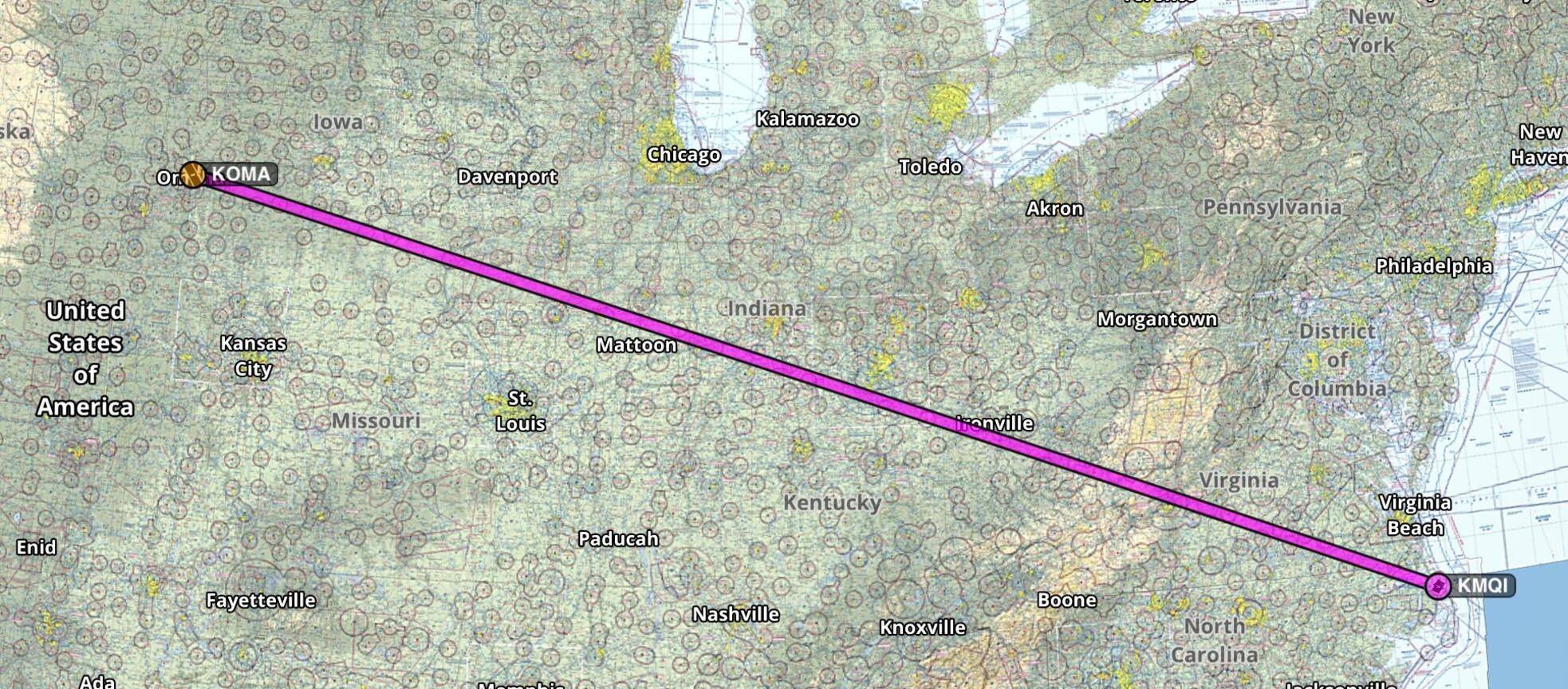Click Here to View This Page on Production Frontend
Click Here to Export Node Content
Click Here to View Printer-Friendly Version (Raw Backend)
Note: front-end display has links to styled print versions.
Content Node ID: 419808
The U.S. National Aeronautic Association (NAA) has opened the registration process for teams wanting to compete in a race for electric-powered aircraft. From May 22 to 25, 2023, the first Pulitzer Electric Aircraft Race will follow a 1,000-nm route from Eppeley Airfield (KOMA) in Omaha, Nebraska, to Dare County Regional Airport (KMQI) near Kitty Hawk, North Carolina.
The competition is open to any piloted heavier-than-air aircraft using zero-emissions electric propulsion systems, including batteries, hydrogen fuel cells, and solar panels. This could include fixed-wing airplanes (among them, new eSTOL aircraft), helicopters, and eVTOL vehicles. The event is open to models that are already type-certified as well as those covered by experimental licenses.
The NAA said the competition is inspired by the Pulitzer air races that were first held in the 1920s and were a motivating force for early aircraft makers. The winner of the 2023 race will be awarded the Pulitzer Trophy that is normally on display at the Smithsonian National Air and Space Museum in Washington, D.C.
More information about arrangements for the race are available in a preregistration package posted online this week by the NAA. Teams that register will receive updates from the organizers. The event is limited to 25 entrants and has an entry fee of $1,500.
According to the NAA, the first two-thirds of the route out of the American Midwest will be over flat to rolling-hills topography. Then as they pass into West Virginia and Virginia, racers will overfly agricultural and forested areas, and also the Appalachian Mountains at altitudes of 5,000 feet and higher in places.
The structure of the race assumes that participants will need to plan stops at airfields and airports en route since some aircraft will likely have a no-wind range of no more than 100 nm. With this in mind, the NAA has petitioned the FAA for an exemption to reduce flight time reserve requirements for daytime VFR conditions from 30 to 15 minutes under 14 CFR 91.1251(a)(1) and (b) rules with the addition of certain operational controls.
The race winner will be determined by calculating the cumulative flying times as measured between recorded takeoffs and landings along the route. This data will be collected primarily using identical self-contained GPS flight data recorders provided by the organizers, with backup arrangements in the event that one of these were to fail.
Participating pilots will need to have a Federation Aéronautique Internationale sporting license issued by the NAA or another recognized National Airsport Control organization.
The race organizers say they intend to invite the public to view the competing aircraft at airfields along the route, using the event as a platform for public engagement with electric aviation and for recruiting young people to the industry. At the end of the race, they intend to stage a one-day “Future of Electric Flight Expo” at Dare County Regional Airport, which is close to where the Wright brothers achieved the first flight with a crewed, heavier-than-air, powered aircraft in December 1903.
